Tooth Extraction
Tooth Extractions
In certain situations, the best course of action may be to remove a compromised tooth. While this can be scary, Dr. Simone employs advanced techniques to ensure an optimal outcome, including the use of platelet-rich fibrin, and atraumatic extraction techniques resulting in less post-op pain and excellent healing and recovery.
What is an Extraction?
The medical term for tooth extractions is exodontia, and it’s the process of completely removing a tooth from its socket. Extraction becomes necessary when a tooth is damaged by disease, decay, or physical trauma. We perform these treatments to prevent further damage or the progression of decay.
Once a tooth is removed, replacing it as soon as possible is crucial to prevent issues like jawbone deterioration or tooth misalignment.
Types of Extraction
Simple Extractions: A simple extraction is performed on a tooth that is visible in the mouth and can be grasped with dental forceps. It’s a straightforward process involving loosening and removing the tooth without cutting into the gums. Simple extractions generally require only local anesthesia and have a quicker healing process.
Surgical Extractions:
A surgical extraction addresses teeth that have not fully erupted or are impacted. In some situations, we may need to break the tooth into smaller sections to help during the process. Surgical extractions are often performed when removing wisdom teeth.
How is the Recovery Process?
After an extraction, you can expect some bleeding, which can be controlled by biting on a gauze pad. Swelling and mild discomfort can also be expected for a few days. Apply ice packs to the affected area and take prescribed pain medication as needed.
Closely follow up all post-operative instrucations to ensure a smooth healing process and avoid complications like dry socket. Most importantly, get adequate rest and allow time for the extraction site to heal.

